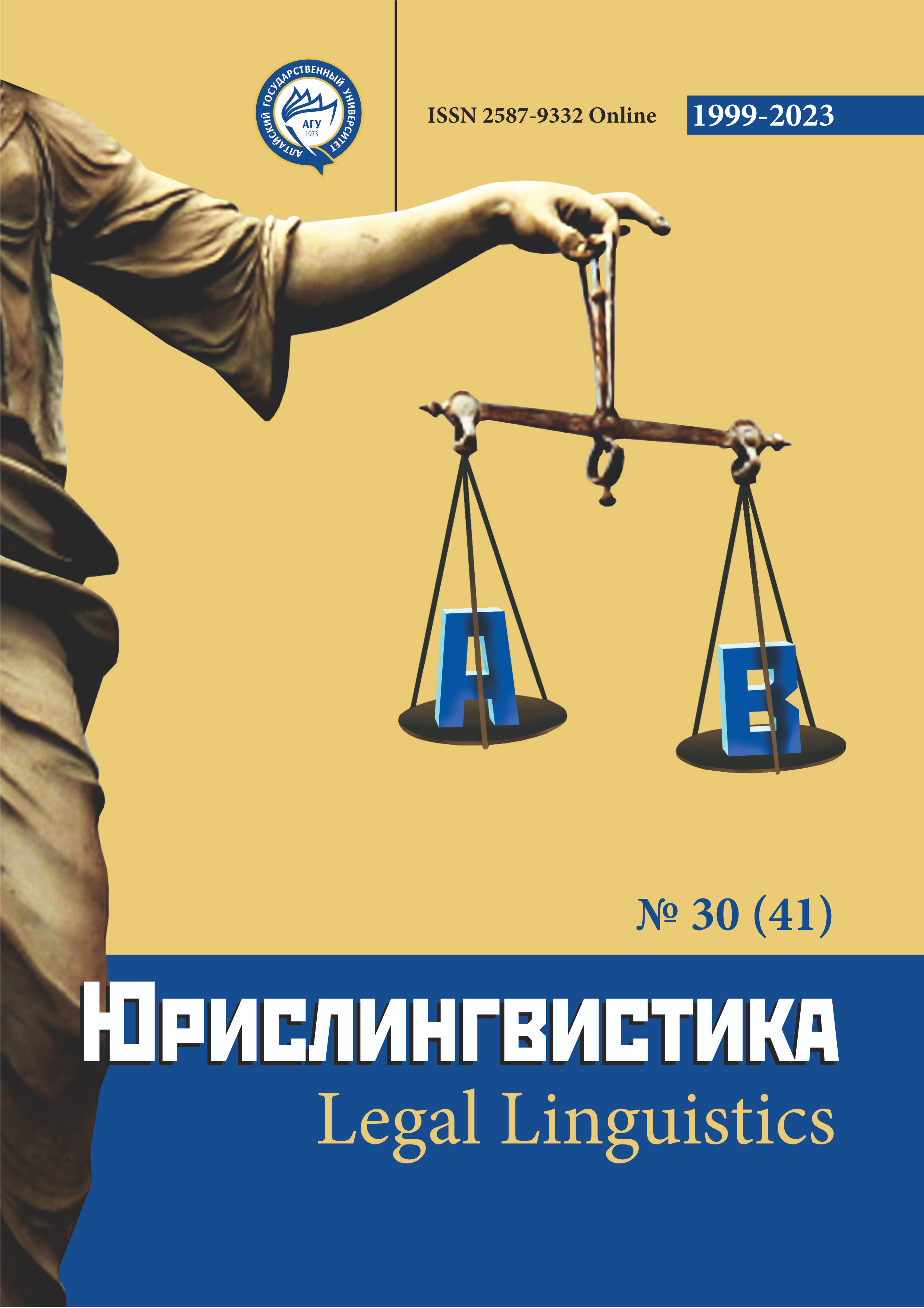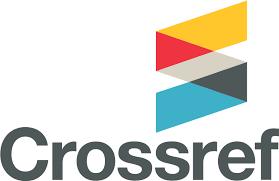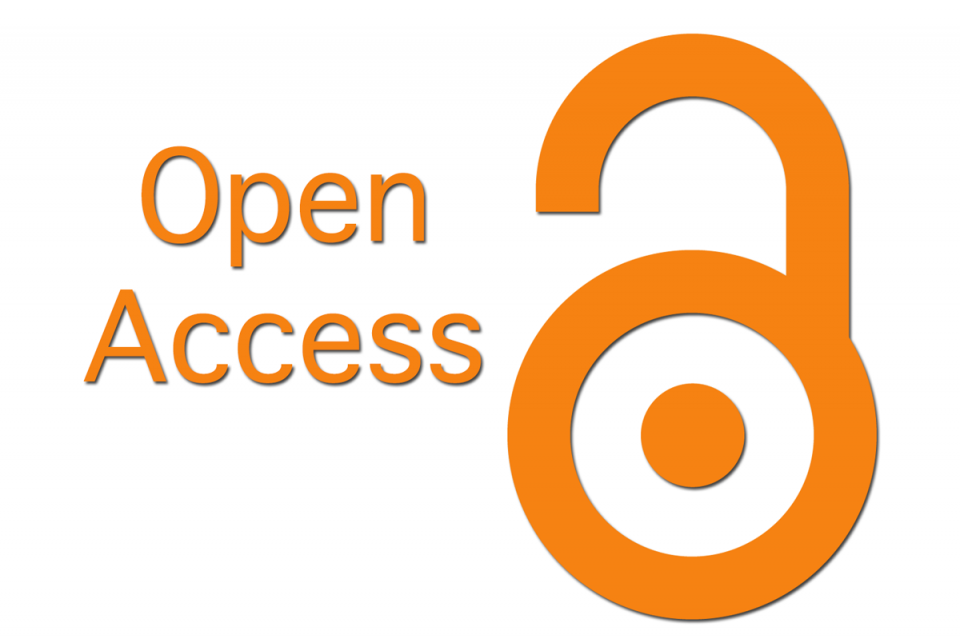Revenge Porn: On the Problem of Linguistic Analysis of Pornographic Content
УДК 81`27, ББК 81
Abstract
The paper discusses the problem of forensic analysis of pornographic information in revenge porn situation (non-consensual public placement of materials of sexual explicit content). The paper presents a list of social practices related to revenge porn, specifies the participants of the communicative act (actor, addressee- person caught on camara, addressee-reference group, addressee-third-party participant), determines the intentional component of the actor's communicative activity, gives a list of the actor's communicative goals in conditions of multiple addressee-targeting . The features of the recontextualization of pornographic material are revealed. A weak dependence of pornographic discourse on extralinguistic background is established. It is noted that in the situation of revenge porn sexual explicit information is subjected to recontextualization, which makes it difficult to establish linguistic (semiotic) signs of pornographic information in forensic analysis. It is established that under the conditions of the transfer of a sexual explicit text into a conflict-triggering context, pornographic meanings are preserved. At the same time, the actualization of the taboo aspect of sexual interaction underlies the transformation of the emotive potential and determines the nature of the relationship between the participants in the communicative situation. The authors conclude that in order to establish the linguistic features of sexual explicit information, it is necessary to decontextualize the text submitted for forensic research. Analysis of the distribution context is necessary to establish the extralinguistic background of the actor's communication activity.
Downloads
Metrics
References
Bernstein B. Pedagogy, Symbolic Control and Identity: Theory, Research, Critique. London, 1996.
Bezemer J. and Kress G. Writing in multimodal texts: a social semiotic account of designs for learning / Written Communication. – 2008. – 25(2) – Pp. 166-195.
Boyd M. S., Monicelli C. Genre In/Exclusion and Recontextualization: Interpreting at the Italian Ministry of Defense / Interpreting across Genres: Multiple Research Perspectives, Trieste. – 2012. – Pp. 184-200.
Chilton P. and Schäffner Ch. Politics as Text and Talk: Analytic Approaches to Political Discourse. Amsterdam and Philadelphia, 2002.
Chouliaraki L. & Fairclough N. Discourse in Late Modernity: Rethinking Critical Discourse Analysis. Edinburgh, 1999.
Connolly J.H. Recontextualisation, resemiotisation and their analysis in terms of an FDG-based framework / The interaction between context and grammar in Functional Discourse Grammar. Pragmatics. – 2014. – 24:2. – Pp. 377–397.
Fryer D. L. Cut and paste: recontextualizing meaning-material in a digital context. / Systemic Functional Linguistics in the Digital Age. Sheffield. – 2016. – Pp. 151-165.
Goffman E. Stigma. Über Techniken der Bewältigung beschädigter Identität, Frankfurt/Main.
Haynes J. Judicial approaches to combating “revenge porn”: a multi-jurisdictional perspective / Commonwealth Law Bulletin. – 2018. – 44(3). – Pp. 400–428. doi:10.1080/03050718.2019.1635034
Mckinlay T. & Lavis T. Why did she send it in the first place? Victim blame in the context of “revenge porn.” / Psychiatry, Psychology and Law. – 2020 – Pp. 1–11. doi:10.1080/13218719.2020.1734977
Pavón-Benítez L., Romo-Avilés N., & Tarancón G. “In my village everything is known”: sexting and revenge porn in young people from rural Spain / Feminist Media Studies. – 2021 – Pp. 1–17. doi:10.1080/14680777.2021.1935290
Langlois G., & Slane A. Economies of reputation: the case of revenge porn / Communication and Critical/Cultural Studies. – 2017. – 14(2). – Pp. 120–138. doi:10.1080/14791420.2016.1273534
Serpe C. & Brown C. The Objectification and Blame of Sexually Diverse Women who are Revenge Porn Victims / Journal of Gay & Lesbian Social Services. – 2021. – Pp. 1–23. doi:10.1080/10538720.2021.1911901
Баранов А. Н. Лингвистическая экспертиза текста. Теоретические основания и практика. М., 2018.
Волкова А. Е. Способы выражения непрямого побуждения в высказываниях разной степени категоричности / Вестник ЛГУ им. А. С. Пушкина. – 2011. – №4. – С. 134–141.
Гергилов Р. Е. Стыд: социологическая перспектива / Мониторинг. – 2017. – №2 (138). – С. 115–127.
Голованова Н. А. Проблемы борьбы с буллингом: законодательное решение / Журнал российского права. – 2018. – №8 (260). – С. 113–123.
Голованова Н. А. Новые формы онлайн-преступности за рубежом / Журнал зарубежного законодательства и сравнительного правоведения. – 2019. – №3. – С. 42–57.
Ильницкий А. С. Криминологические риски интимной коммуникации в сети интернет / Гуманитарные, социально-экономические и общественные науки. – 2021. – №9. – С. 106–109.
Корнилова И. Г. Теоретические и практические основы формирования экспертной методики исследования информации порнографического характера. Махачкала, 2019.
Мартемьянова С. С. Интерпретация медиатекста как инструмент имплицитного убеждения / Вестник Северного (Арктического) федерального университета. Серия: Гуманитарные и социальные науки. – 2013. – №3. – С. 73–77
Нагаев В. В. Эротика и порнография. Критерии различий. Проблемы правовой оценки и экспертизы. Монография. М., 2009.
Чернявская В. Е. Операционализация контекста в дискурсивном анализе / Вестник Пермского университета. Российская и зарубежная филология. – 2017. – №4. – С. 83–93.
Юрченко И. А. Сталкер как субъект уголовной ответственности / Вестник Университета имени О. Е. Кутафина. – 2018. – №12 (52). – С. 53–61.
Copyright (c) 2023 Ольга Зайцева , Павел Катышев

This work is licensed under a Creative Commons Attribution 4.0 International License.
The authors, which are published in this journal, agree to the following conditions:
1. Authors retain the copyright to the work and transfer to the journal the right of the first publication along with the work, at the same time licensing it under the terms of the Creative Commons Attribution License, which allows others to distribute this work with the obligatory indication of the authorship of this work and a link to the original publication in this journal .
2. The authors retain the right to enter into separate, additional contractual agreements for the non-exclusive distribution of the version of the work published by this journal (for example, to place it in the university depository or to publish it in a book), with reference to the original publication in this journal.
3. Authors are allowed to post their work on the Internet (for example, in a university repository or on their personal website) before and during the review process of this journal, as this may lead to a productive discussion, as well as more links to this published work (See The Effect of Open Access).











